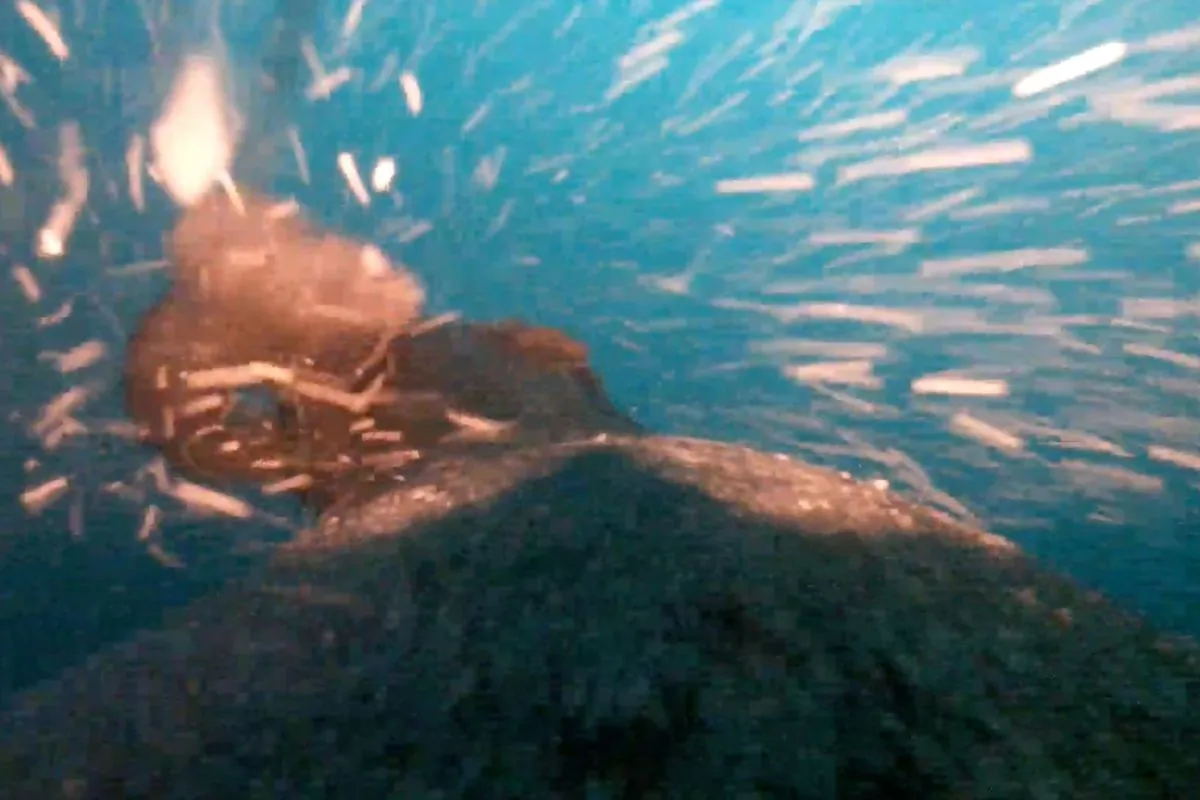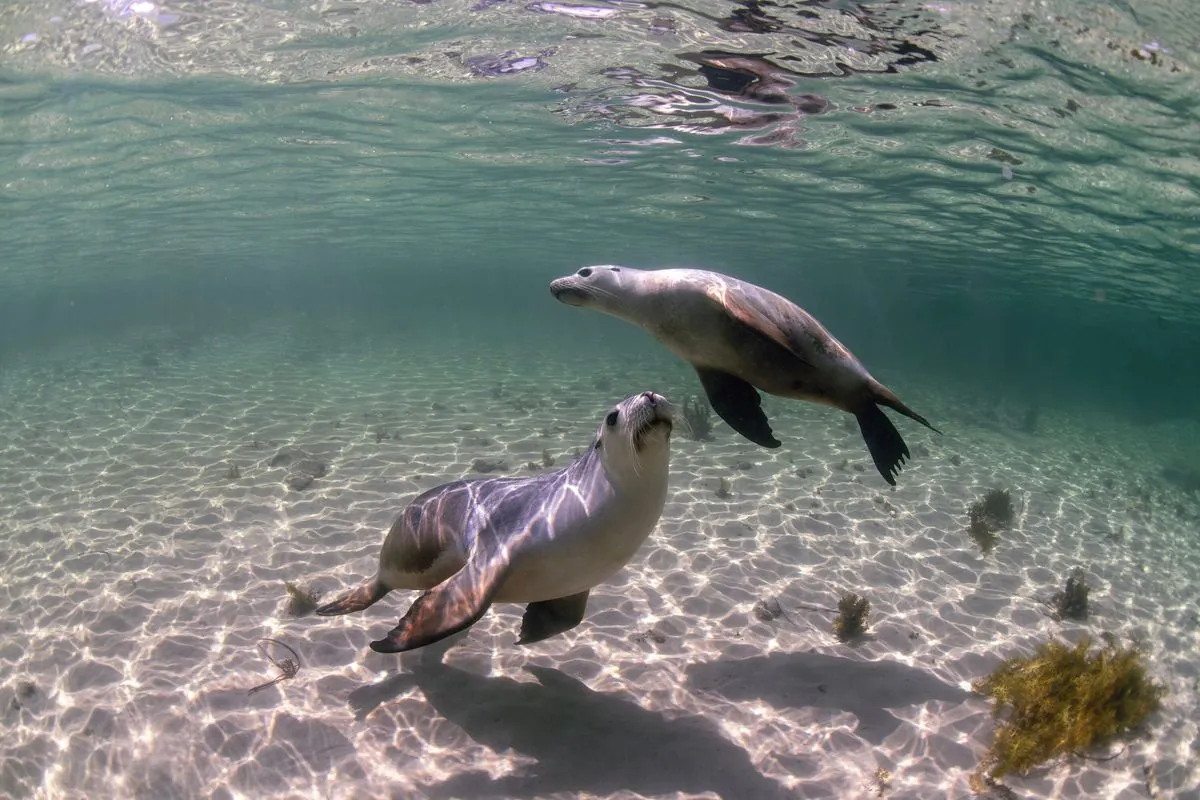Sea Lions Turn Videographers, Unveiling Unmapped Ocean Floors
Australian sea lions equipped with cameras capture footage of unexplored seabeds. The study, aiding conservation efforts, reveals unique habitats and behaviors of the endangered species.

In a groundbreaking study published two days ago in "Frontiers in Marine Science", researchers from the University of Adelaide and the South Australian Research and Development Institute have employed an innovative approach to marine exploration. Eight adult female Australian sea lions were equipped with lightweight cameras, transforming them into underwater videographers to capture footage of previously unmapped ocean habitats.
The study, conducted between December 2022 and August 2023, focused on two colonies of Australian sea lions located on Kangaroo Island and the western Eyre Peninsula. Researchers carefully selected healthy, solitary female sea lions to minimize disturbance to the colonies. The cameras were attached using a sedation process approved by the University of Adelaide's Animal Ethics Committee and relevant government bodies.
These marine mammals, known for their intelligence and ability to dive up to 300 meters, recorded 89 hours of daytime footage at depths ranging from 5 to 110 meters. The sea lions covered approximately 560 kilometers of seabed habitats, providing researchers with valuable data on unexplored areas of the continental shelf in southern Australia.

Lead author Nathan Angelakis described the footage as "awe-inspiring," revealing scenes such as sea lions flipping rocks to catch octopuses and adults teaching pups foraging techniques. This unique perspective offers insights into the ecological value of benthic habitats from a predator's viewpoint, potentially uncovering aspects that human metrics might overlook.
The use of Australian sea lions as underwater explorers presents several advantages over traditional methods. These animals can be deployed at lower costs, cover large areas quickly, and are less affected by adverse weather conditions compared to remotely operated underwater vehicles.
"It's amazing the number of things we see."
This research is particularly significant for conservation efforts. Australian sea lions, listed as endangered by the International Union for Conservation of Nature, have a population estimated at only 10,000-12,000 individuals. They are the only pinniped species breeding exclusively in Australia and play a crucial role in maintaining marine ecosystem balance.
The study's findings will contribute to identifying critical habitats for Australian sea lions, informing future conservation strategies. This information is vital, considering the species' vulnerability to entanglement in fishing gear and marine debris, as well as their unique breeding cycle among pinnipeds.
While the research has limitations, including potential bias in habitat selection by the sea lions, it serves as a proof of concept for this novel approach to mapping ocean floor habitats. The data collected will be used in conjunction with long-term oceanographic information and machine-learning models to predict habitats in areas not directly explored by the sea lions.
This innovative research method not only provides valuable insights into the lives of Australian sea lions but also demonstrates the potential for using marine animals as partners in scientific exploration and conservation efforts.


































